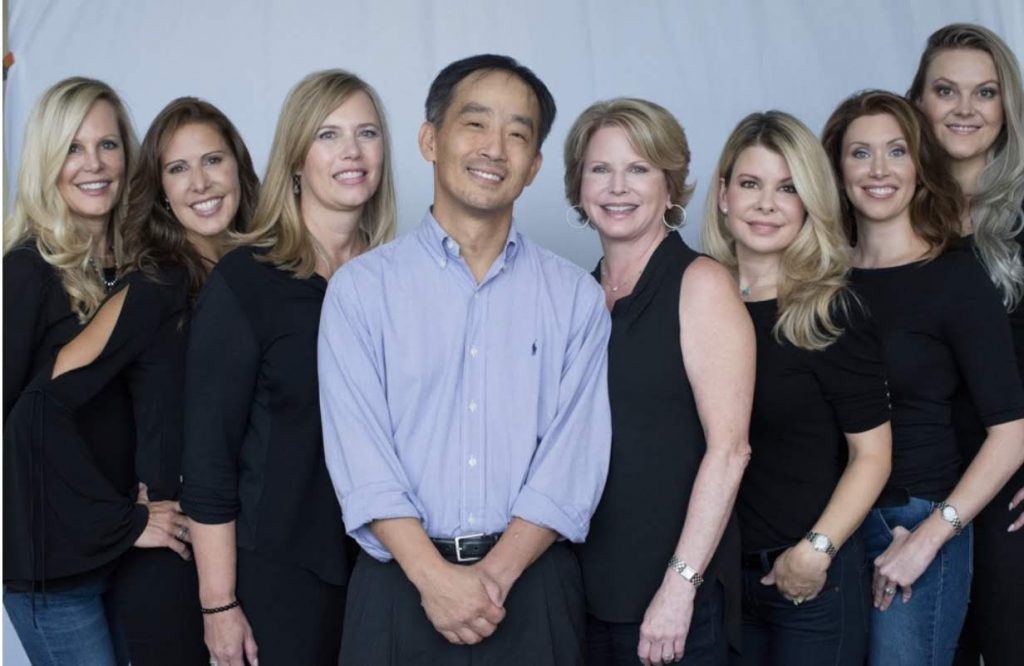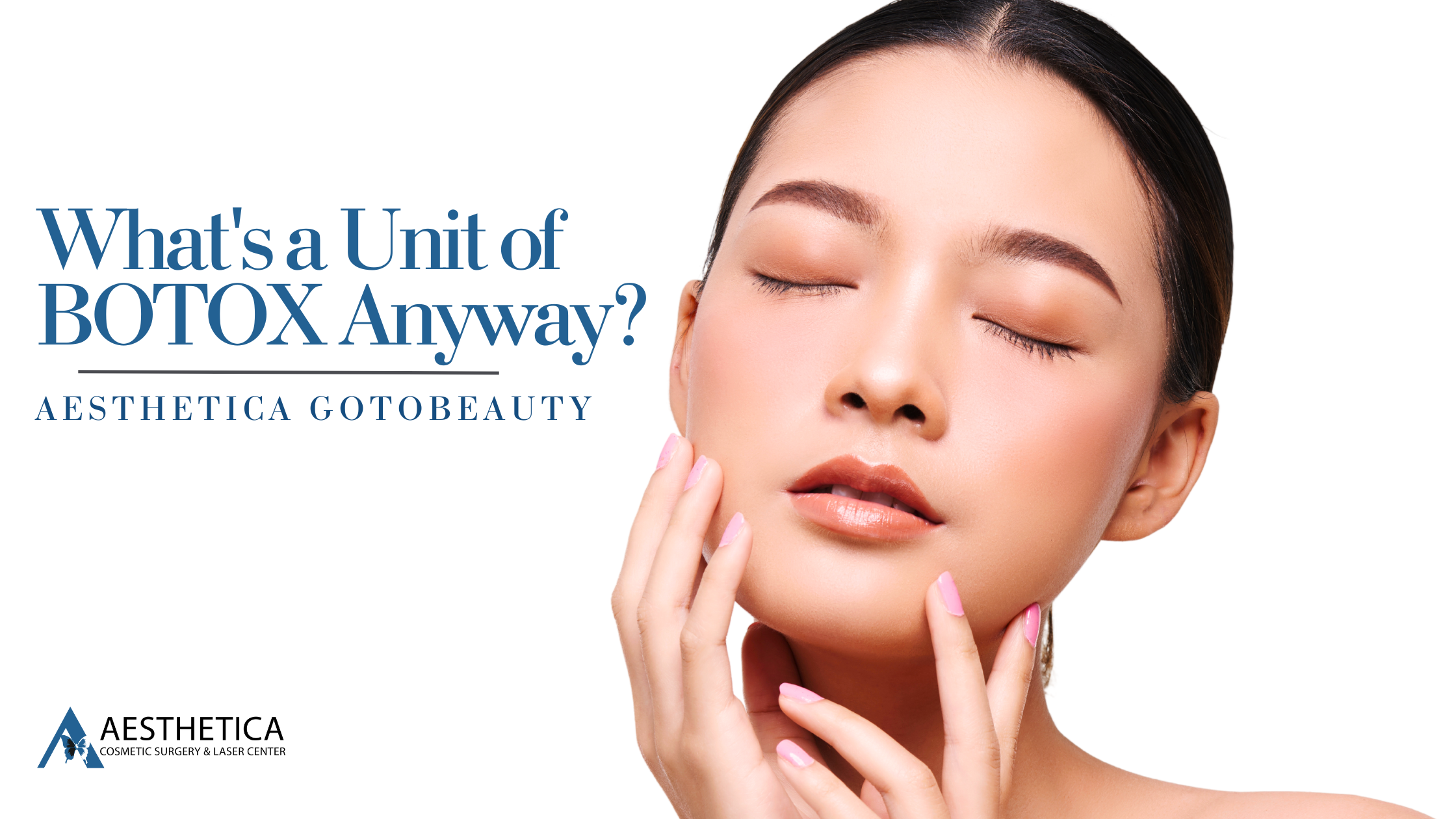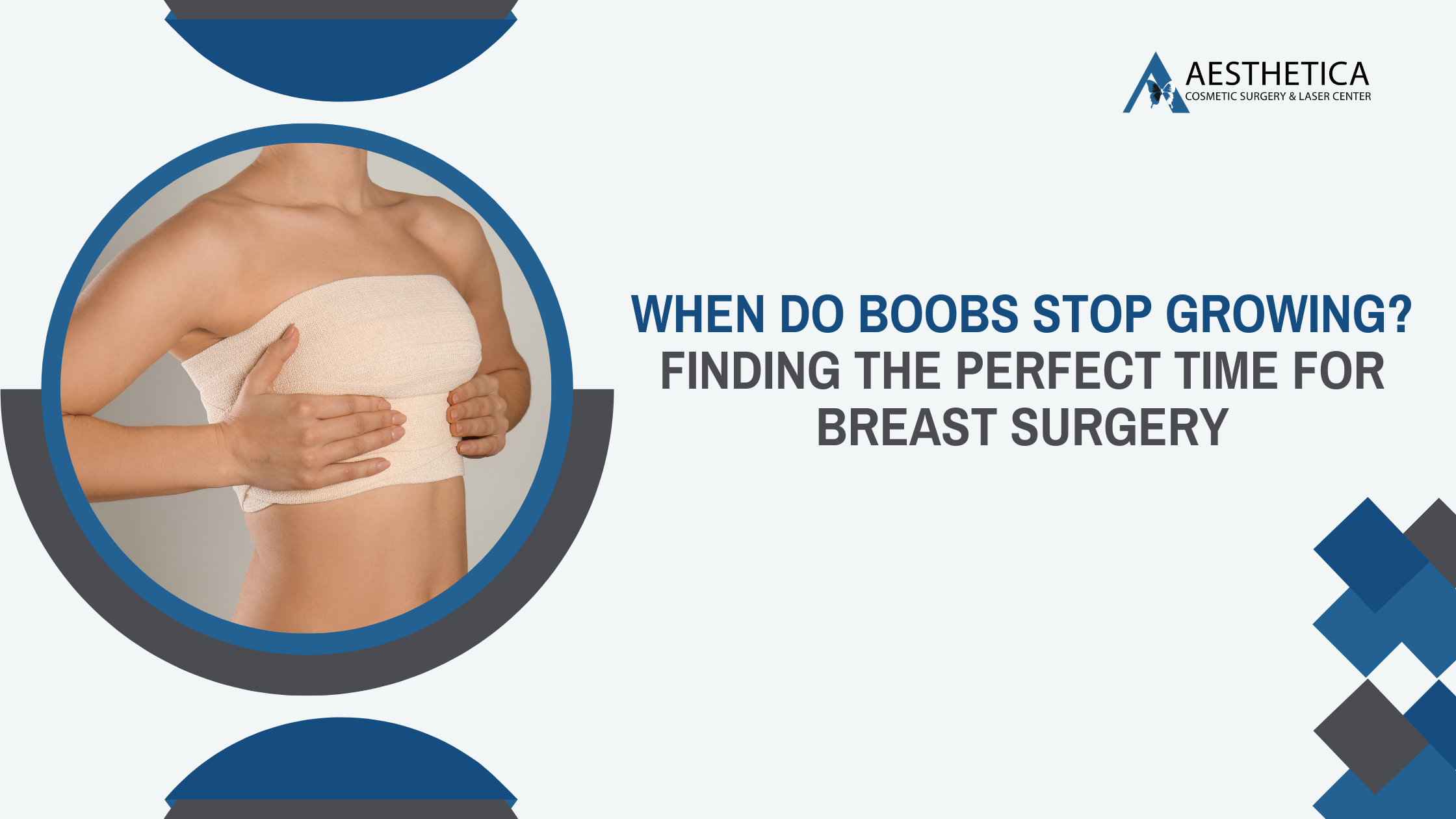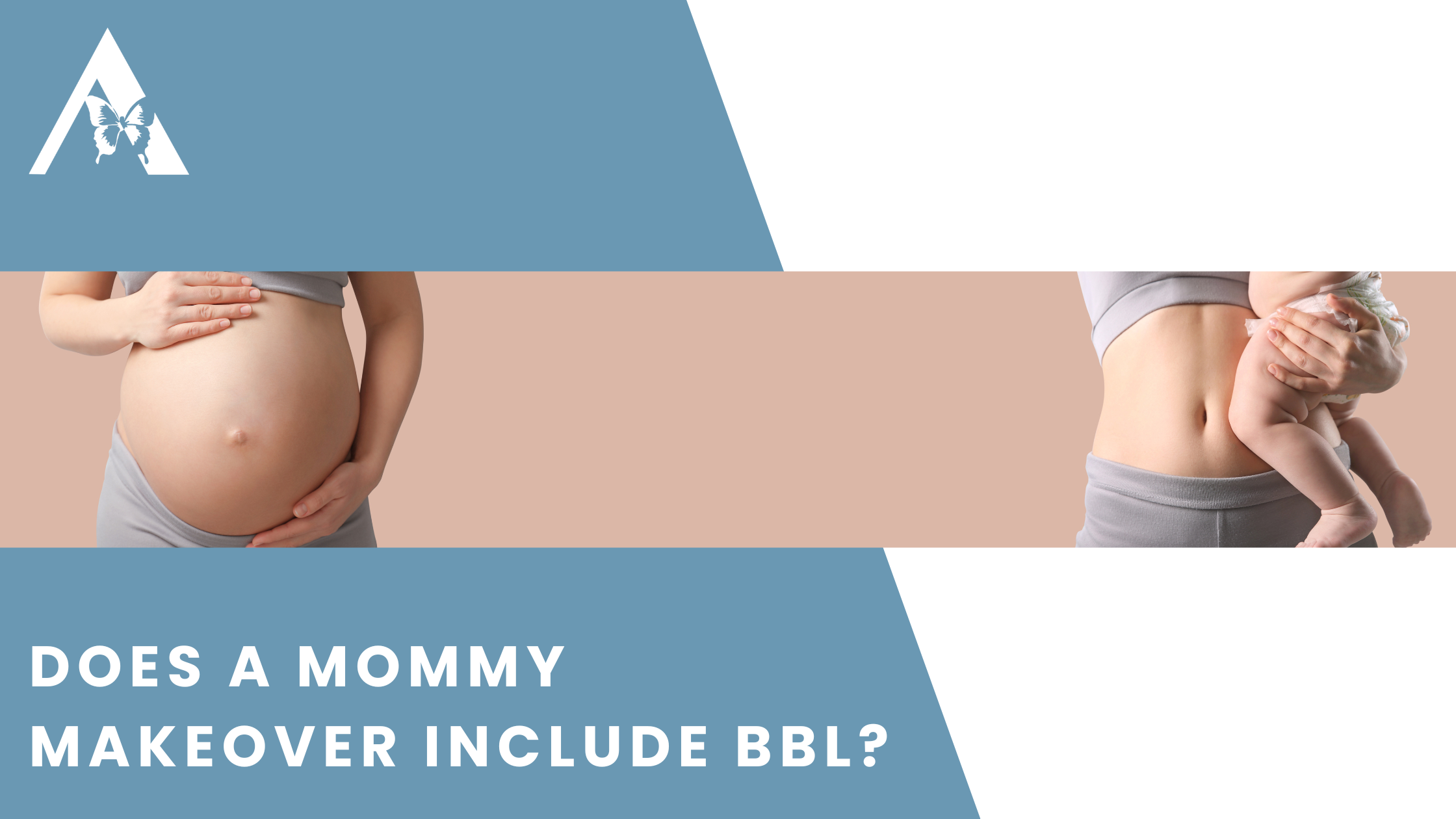
Phillip Chang
Board Certified Plastic Surgeon at Aesthetica Cosmetic Surgery and Laser Center in Leesburg, Virginia

AT ITS VERY core, type 2 diabetes can be understood as a disease caused by too much insulin, which our bodies secrete when we eat too much sugar. Framing the problem this way is incredibly powerful because the solution becomes immediately obvious. We must lower our insulin levels by reducing our dietary intake of sugar and refined carbohydrates (a form of sugar).
Imagine your body as a big sugar bowl. At birth, the bowl is empty. Over several decades, you eat sugar and refined carbohydrates and the bowl gradually fills up.
When you next eat, sugar comes in and spills over the sides of the bowl because the bowl is already full. The same situation exists in your body. When you eat sugar, your body secretes the hormone insulin to help move the sugar into your cells, where it’s used for energy.
If you don’t burn off that sugar sufficiently, then over decades your cells become completely filled and cannot handle any more.
The next time you eat sugar, insulin cannot force any more of it into your overflowing cells, so it spills out into the blood. Sugar travels in your blood in a form called glucose, and having too much of it—known as high blood glucose—is a primary symptom of type 2 diabetes.
When there’s too much glucose in the blood, insulin does not appear to be doing its usual job of moving the sugar into the cells. We then say that the body has become insulin resistant, but it’s not truly insulin’s fault. The primary problem is that the cells are overflowing with glucose.
The high blood glucose is only part of the issue. Not only is there too much glucose in the blood, there’s too much glucose in all of the cells. Type 2 diabetes is simply an overflow phenomenon that occurs when there is too much glucose in the entire body .
In response to excess glucose in the blood, the body secretes even more insulin to overcome this resistance. This forces more glucose into the overflowing cells to keep blood levels normal.
This works, but the effect is only temporary because it has not addressed the problem of excess sugar; it has only moved the excess from the blood to the cells, making insulin resistance worse. At some point, even with more insulin, the body cannot force any more glucose into the cells. Think about packing a suitcase. At first, the clothes go into the empty suitcase without any trouble. Once the suitcase is full, however, it becomes difficult to jam in those last two T-shirts. You reach a point where you can’t close the suitcase. You could say the luggage appears to be resisting the clothes. This is similar to the overflow phenomenon we see in our cells. Once that suitcase is full, you might simply use more force to shove those last T-shirts in. This strategy will only work temporarily, because you have not addressed the underlying problem of the overfilled suitcase. As you force more shirts into the suitcase, the problem—let’s call it luggage resistance—only becomes worse. The better solution is to remove some of the clothes from the suitcase.
Fung, Jason. The Diabetes Code: Prevent and Reverse Type 2 Diabetes Naturally (Kindle Locations 160-183). Greystone Books. Kindle Edition.
Finding the Best Plastic Surgeon in Virginia

Dr. Phillip Chang is a leading plastic surgeon in Loudoun County who specializes in surgical and nonsurgical cosmetic procedures for the breast, body, face, and skin. He is board certified in plastic surgery by the American Board of Plastic Surgery and is the founder of Aesthetica Cosmetic Surgery & Laser Center in Leesburg, VA. Dr. Chang believes combining attentive care and minimally invasive techniques is the best avenue for achieving beautiful, natural-looking results.
Visit his office in Leesburg, Virginia in Loudoun County or fill out the contact form below for more information on how we can help you with your plastic surgery plans.
Let Us Help You!
Our office can provide you will helpful information, schedule a free consultation, and walk you through the process of having the procedure covered by your insurance.
Contact Dr. Chang's Office:
More Articles For You

What’s a Unit of BOTOX Anyway? | Aesthetica GoToBeauty
Have you ever heard about BOTOX and wondered what it’s all about? It’s like the

When Do Boobs Stop Growing? Finding the Perfect Time for Breast Surgery
Ever wondered when your boobs finally decide to take a break from growing? Or you’re
Are Silicone Injections in Buttocks Safe?
In today’s world, where the aesthetic appeal of one’s body can often feel as though

Does a Mommy Makeover Include BBL?
Many women look forward to the blessings of motherhood. Having a child is a very

